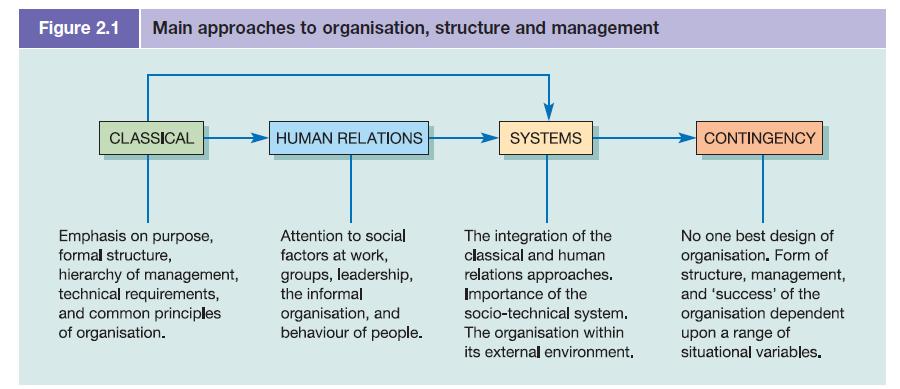The growth of the home personal computer (PC) market is one of the most remarkable success stories
Question:
The growth of the home personal computer (PC) market is one of the most remarkable success stories of the last quarter century. If you own a home PC or an electronic notebook and you live in the United States, then there is a one in three possibility that it arrived on your doorstep packed in boxes labelled ‘Dell’. Whilst Dell has a smaller proportion of the PC market outside the USA (it is locked in close competition with its nearest rival, Hewlett-Packard, which overtook Dell to become the biggest seller of PCs in late 2008) there remains a strong possibility that your new PC was assembled in Limerick, Penang or Xiamen. Any of these is a very long way from the bedroom of a campus dormitory at the University of Texas at Austin, which is where Michael Dell began to build and sell computers directly to customers in 1984 before dropping out of college to run his business full-time.
In 1984, building a PC from components was still a specialised activity, and while some people were able to assemble their own equipment in order to save money and get precisely what they wanted, the majority of domestic customers bought ready-made products from retailers. The distribution channel for the industry usually contained five components: supplier (of components, chips, software etc.), manufacturer, distributor, retailer and customer. Michael Dell’s idea was to sell direct, and at the same time allow customers to have a PC partly tailored to their personal requirements by choosing options from a list of components and specifications which he would then assemble to order. This move eliminated two of the five elements of the distribution channel (the distributors and the retailers) leaving only three players: the suppliers, Dell and the customer.
Your tasks
1. Analyse the organisational choices that Dell has made using two of the four main analytical models that are presented in Figure 2.1. Which approach do you think is more appropriate and why?
2. What are the main organisational challenges which Dell faces in order to ‘conduct business the Dell Way? What are the implications for line managers and supervisors of creating a corporate culture based on the Dell Way?
3. Dell is using technologically sophisticated methods to collect ‘soft’ data about its performance from both customers (Direct2Dell) and staff (Tell Dell). Evaluate these initiatives, and discuss the value of such information in relation to ‘hard’ data (such as sales figures, share price etc.) as a management tool.
4. Critically review the concept of postmodernism as a means of understanding the nature of highly diverse (in terms of geography, technology, organisation, technical specialisation and culture) organisations such as Dell.
Step by Step Answer:

Management And Organisational Behaviour
ISBN: 9780273728610
9th Edition
Authors: Laurie J. Mullins, Gill Christy





